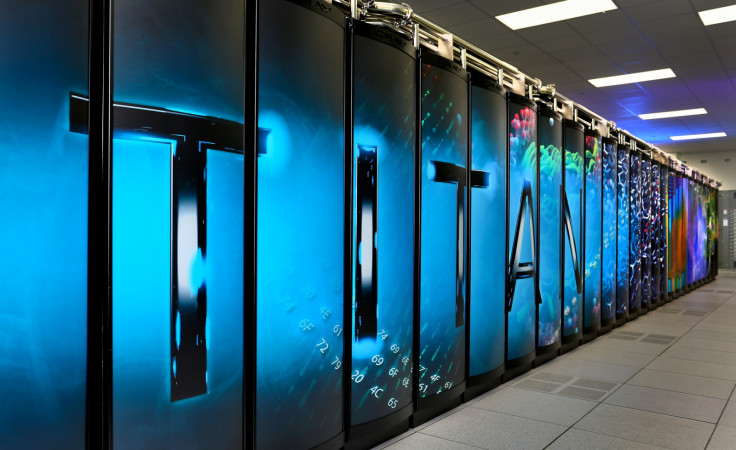Intel and Cray win $200m contract to build 180-petaflops supercomputer for US government

The US Department of Energy has awarded Intel and Cray a $200m (£137m) contract to build a 180-petaflops supercomputer that will challenge China's Tianhe-2.
The Tianhe-2 currently holds the world record for the fastest supercomputer, delivering a peak performance of 54.9 petaflops, according to the latest Top500 report. In contrast, the new Aurora supercomputer, to be delivered in 2018, will be able to achieve between 150 – 300 petaflops of performance.
Intel will provide its scalable HPC system framework that uses Xeon Processor E7 chips, while supercomputer firm Cray will be in charge of integrating the system together.
Aurora will live at the Argonne National Laboratory and primarily be used to research materials science, biological science, renewable energy and transport efficiency, with some examples being nuclear energy, more powerful and energy-efficient fuel cells and batteries, as well as simulations of airflow around freight trucks as they travel on highways to save petrol.
"Argonne National Laboratory's announcement of the Aurora supercomputer will advance low-carbon energy technologies and our fundamental understanding of the universe, while maintaining United States' global leadership in high performance computing," said US Department of Energy Under Secretary for Science and Energy Lynn Orr.
"This machine – part of the Department of Energy's CORAL initiative – will put the United States one step closer to exascale computing."
Exascale computing refers to systems that are capable of at least one exaflops, i.e. a billion billion calculations per second, so in essence, Aurora will still be considered to be "pre-exascale" as it will only be performing 180 quadrillion calculations per second.
At the moment, the fastest supercomputer in the US is the Titan supercomputer located at the Oak Ridge National Laboratory. The Titan was built by Cray with a peak performance of 27.1 petaflops and is currently Number 2 in the world.
Titan uses NVIDIA chips while the Tianhe-2 uses Intel Xeon Phi processors to increase computing power, and Intel's scalable HPC system could be just what the US needs to beat China to the top.
Aurora has also been designed to be more energy-efficient – while Tianhe-2 consumes 17MW of power, Aurora only consumers 13MW.
And in the meantime before Aurora is ready, Intel will be working with the Argonne National Laboratory to provide an interim system called Theta in 2016, to enable users to transfer their applications to the new technology.
© Copyright IBTimes 2025. All rights reserved.






















